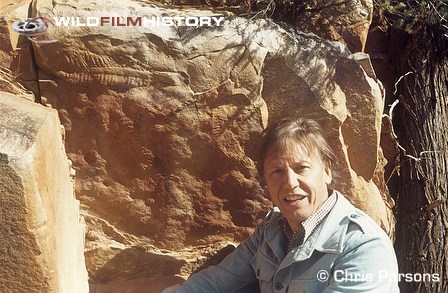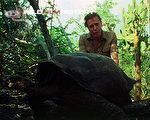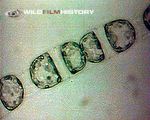Life on Earth: The Infinite Variety
(1979)

The opening episode of a landmark series, The Infinite Variety was the first of thirteen installments in David Attenborough's pioneering natural history production, Life on Earth. Redefining wildlife television, the thorough and in-depth approach used was a massive hit with viewers, its success paving the way for future serious ecological documentaries.
Filming in locales all over the world this first episode highlights the immense diversity found on our planet. Examining the origins of everything from cyanobacteria to sponges, The Infinite Variety is a hugely educational production, providing interesting and thought-provoking explanations of biodiversity and a range of evolutionary theories. Giant tortoises of the Galapagos Islands bring Charles Darwin's natural selection theory to life and fossilized jellyfish in Australian mountain ranges raise questions about the earliest multi-celled organisms.
Placing nature centre stage, the BBC's Natural History Unit used groundbreaking photographic techniques to capture the outstanding beauty of our rich environment. Cementing their position as world leaders in wildlife cinematography, time-lapse, micro-, and high frame speed photography are combined in unerringly breathtaking sequences.
Described by Attenborough as the production he is most proud of, the stunning visuals are underpinned by a logical structure and the sense of time, having in his words an "unparalleled effect on the audience".








